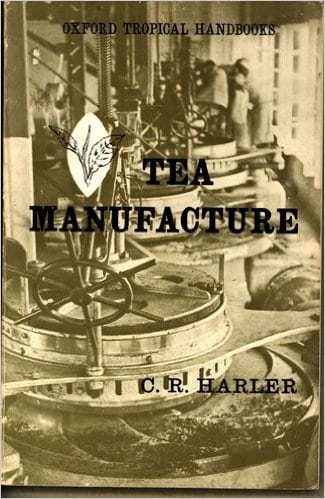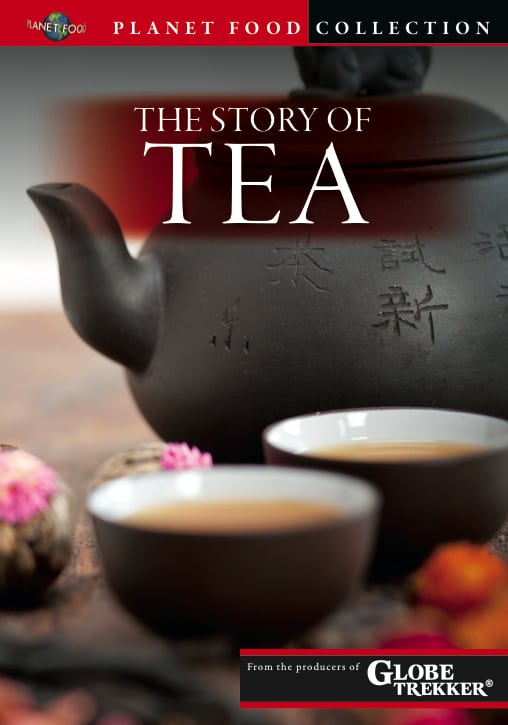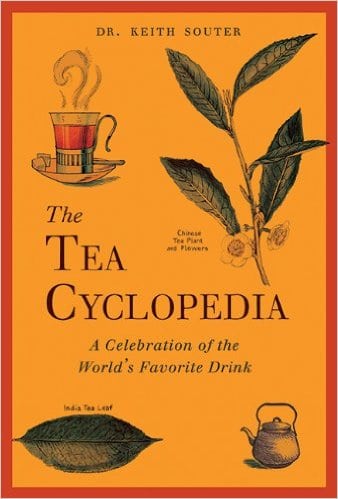So it’s been a long term, and I’m only two chapters into Harvesting Mountains.
Last I checked, anyway.
My life has been consumed almost entirely be geology, and I haven’t done anything tea-related since November, which is a pity. I haven’t partaken in any spring pre-buys, or picked up any interesting new sample packs. I haven’t really bought much new tea in general.
The only interesting thing I did was keep up with tea club meetings. It’s definitely nice to have a regular group of people to drink tea with, although it’s more of a casual pot with homework club. I try to bring my gaiwan in every so often to share with the one other person in the club interested in single-origin teas. Continue reading










 In the wake of the current Verdant Tea scandal, this seems like the perfect read. I started this book a little before the VTF, but juggling schoolwork and leisure reading, I haven’t really gotten to finishing it until recently. And I guess it’s perfect timing, because I think it’s a very relevant read to understanding the current drama. I won’t really be touching on that, because there are already half a dozen other tea-blogs that have covered it in depth, plus threads on TeaChat, r/tea, and Steepster to chronolog the drama (here’s
In the wake of the current Verdant Tea scandal, this seems like the perfect read. I started this book a little before the VTF, but juggling schoolwork and leisure reading, I haven’t really gotten to finishing it until recently. And I guess it’s perfect timing, because I think it’s a very relevant read to understanding the current drama. I won’t really be touching on that, because there are already half a dozen other tea-blogs that have covered it in depth, plus threads on TeaChat, r/tea, and Steepster to chronolog the drama (here’s